Having trouble with your audio on Windows 11 can be a frustrating experience, especially when your speakers or microphone stop responding. Reinstalling the audio driver often resolves these issues by fixing corrupt or missing files. This guide will walk you through several methods to reinstall your audio driver and get your sound back up and running.
Manually Installing the Audio Driver in Windows 11
In some cases, Windows might not automatically detect and install the missing audio driver. Manually downloading and installing the driver from your device manufacturer's website ensures you have the correct and most up-to-date driver for your hardware.
Step 1: Open your preferred web browser and go to google.com. In the search bar, type in your device's model number along with "audio driver" and the manufacturer's name. For example, "Dell Inspiron 15 audio driver."
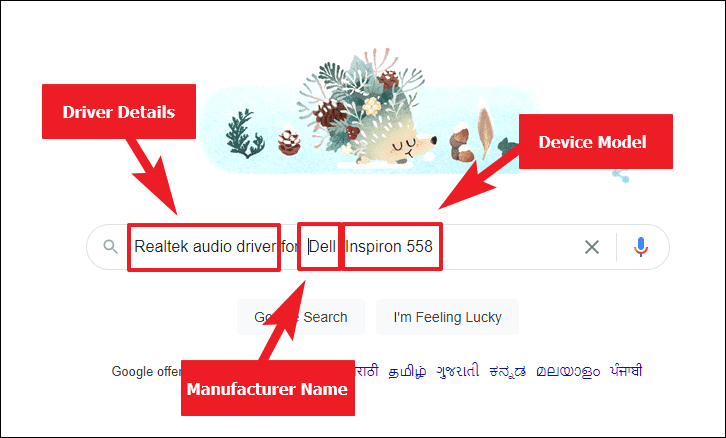
Step 2: Review the search results and click on the link that leads to the official support page of your device manufacturer. Ensure you're accessing the legitimate site to avoid downloading malicious software.

Step 3: Locate the appropriate audio driver for your specific device model and Windows 11. Download the driver installation file, which is typically an .EXE or a compressed .ZIP folder.
Step 4: If you downloaded an .EXE file, navigate to your download location and double-click the file to launch the installer. Follow the on-screen instructions to complete the installation.

Step 5: If you downloaded a .ZIP file, right-click on it and select 'Extract All' to unzip the contents. Open the extracted folder, find the .EXE installer file, and double-click it to start the installation process.
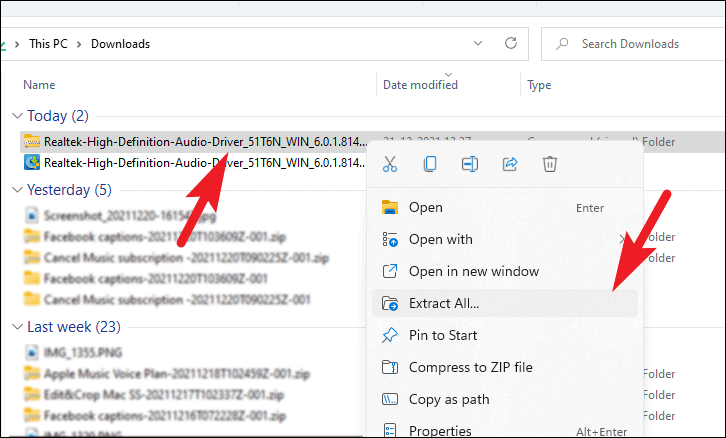
After the installation finishes, restart your computer to apply the changes and verify that your audio devices are functioning correctly.
Using Device Manager to Reinstall Audio Drivers
The Device Manager is a built-in Windows tool that lets you manage hardware drivers. Uninstalling and reinstalling the audio driver through Device Manager can resolve issues caused by corrupt or outdated drivers.
Step 1: Click the Start button and type Device Manager in the search bar. Select 'Device Manager' from the search results to open it.

Step 2: In the Device Manager window, find 'Audio inputs and outputs' and click the arrow next to it to expand the section.
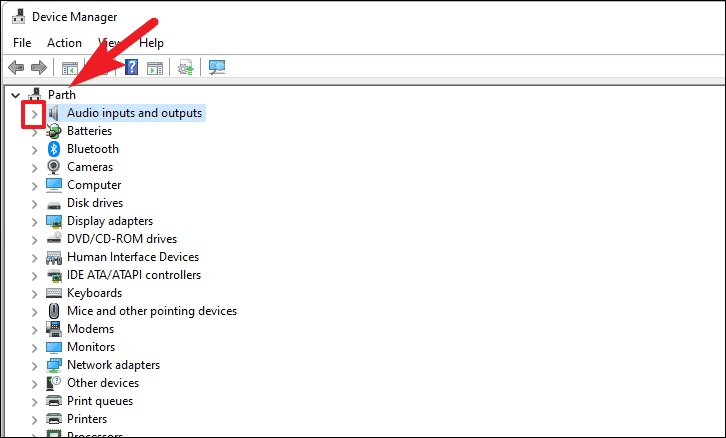
Step 3: If you're experiencing issues with sound output, right-click on 'Speakers'. If the problem is with audio input, right-click on 'Microphone'. Choose 'Uninstall device' from the context menu.

Step 4: In the confirmation dialog, check 'Attempt to remove the driver for this device' and click 'Uninstall'.
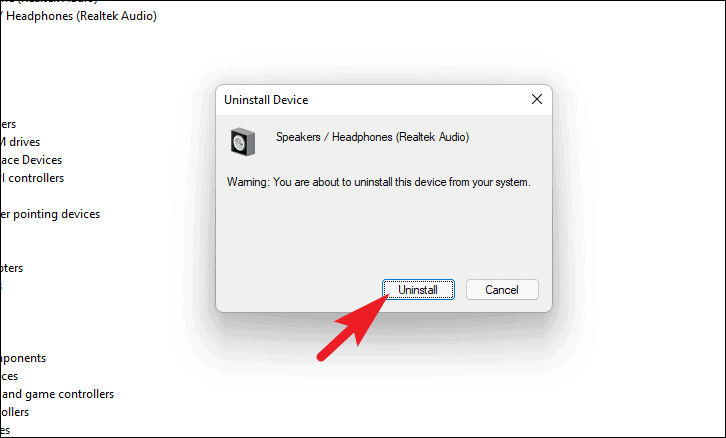
Step 5: Restart your PC. Windows will automatically detect the missing driver and reinstall it during the startup process.
Uninstalling the Audio Driver via Control Panel
The Control Panel provides another method to uninstall your audio driver. This approach is useful if you prefer using the traditional Windows interface for managing programs and features.
Step 1: Press the Windows key to open the Start menu, type Control Panel, and select it from the search results.

Step 2: In the Control Panel window, click on 'Programs and Features'.
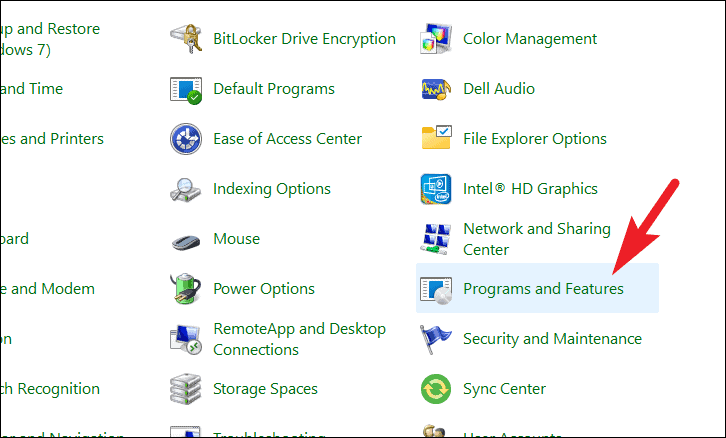
Step 3: Locate your audio driver in the list of installed programs. It may be listed under the manufacturer's name, such as Realtek or Conexant. Click on it to highlight it.
Step 4: Click 'Uninstall' at the top of the program list to remove the audio driver from your system.
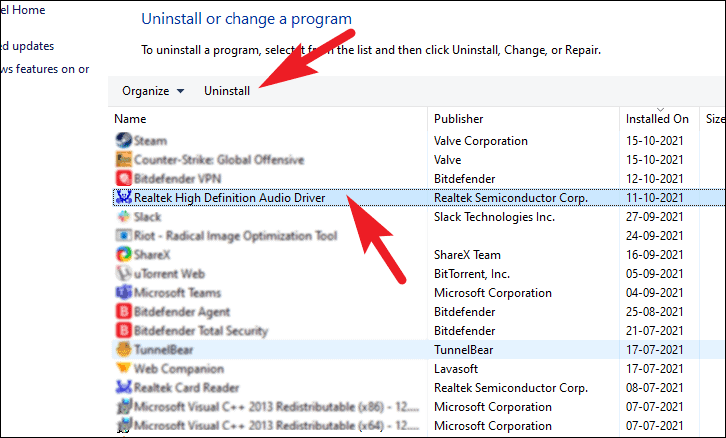
Step 5: Once the uninstallation is complete, restart your computer. Windows should automatically reinstall the necessary audio driver upon reboot.
Installing Audio Driver Through Windows Update
Windows Update can sometimes categorize driver updates as optional. Installing these updates can help resolve audio issues without the need to manually search for drivers.
Step 1: Open the Settings app by clicking the Start button and selecting the gear icon, or by pressing Windows + I.
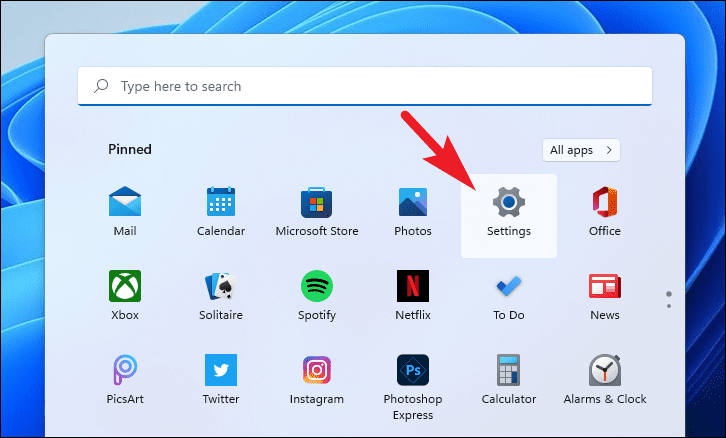
Step 2: In Settings, select 'Windows Update' from the left-hand menu.
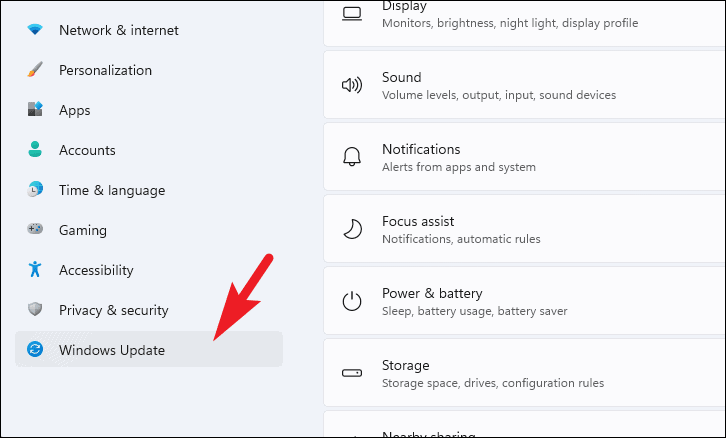
Step 3: Click on 'Advanced options' under the 'More options' section.
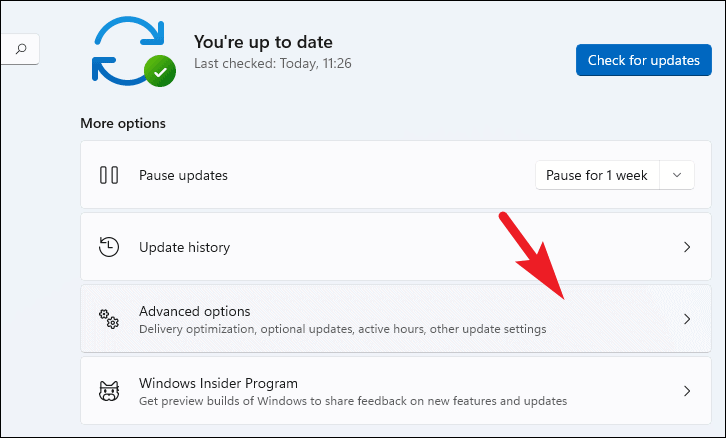
Step 4: Scroll down to find 'Optional updates' and click on it.
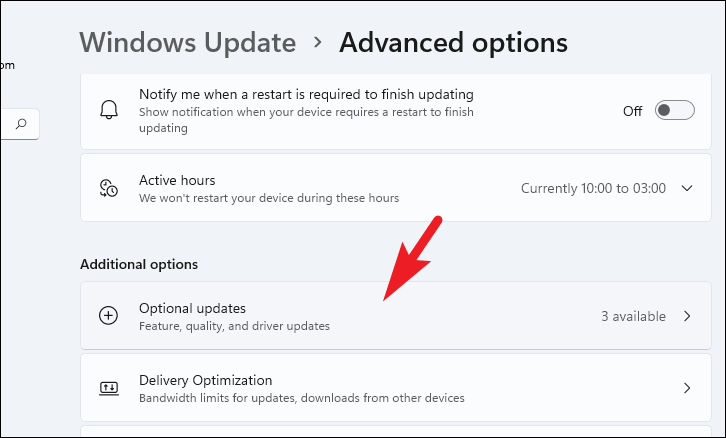
Step 5: Expand the 'Driver updates' section. Check the box next to the audio driver update you wish to install. If you're unsure which one to select, you can check all available updates. Click 'Download & Install' to begin the update process.
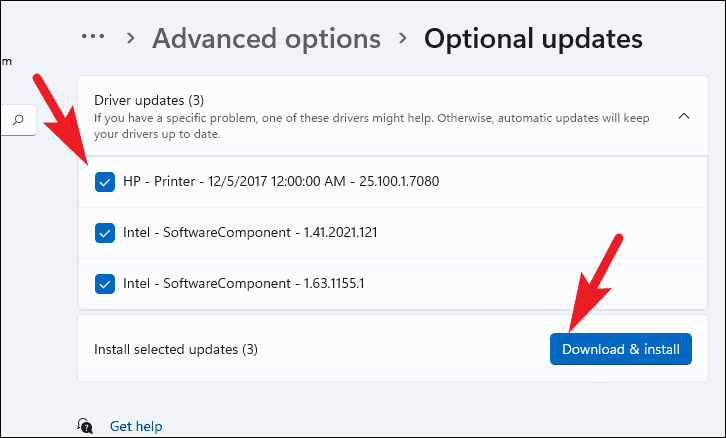
After the updates have been installed, restart your computer to ensure the new driver is properly applied.
By following these methods, you should be able to reinstall your audio driver and fix any sound-related problems on your Windows 11 PC. If issues persist, consider contacting your device manufacturer's support for additional assistance.


